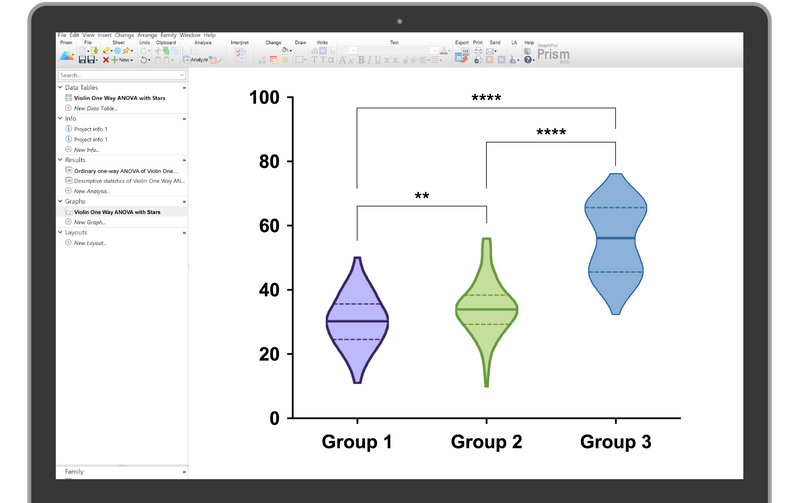

To date, no drug targeting GPIbα has been successfully developed, despite favorable arguments supporting such an approach 19, 20, 21, as outlined above, in particular, the likely selective advantage of a GPIbα antagonist in conditions involving arterial thrombosis. They are effective anti-platelet and antithrombotic agents, but may induce thrombocytopenia and severe bleeding in some patients 17, 18. Several αIIbβ3 inhibitors, such as abciximab, eptifibatide, and tirofiban, have been in use for over 20 years 15, 16. Notwithstanding the essential αIIbβ3 contribution to thrombogenesis, the GPIbα-VWF interaction remains critical for pathological endovascular growth of occlusive thrombi at sites of arterial stenosis where blood flows with wall shear rates that may exceed 40,000 s −1, corresponding to shear stresses exceeding 1600 Pa 11.Ĭurrently, aspirin, clopidogrel, and αIIbβ3 antagonists are the primary anti-thrombotic agents used in the long-term treatment of cardiovascular thrombotic disorders 12, 13, 14, 15. Following this initial tethering, platelets become activated allowing integrin αIIbβ3 (GPIIbIIIa) to bind fibrinogen and other ligands, including VWF, mediating platelet aggregation and the formation of a hemostatic plug to stop bleeding or an occluding endovascular thrombus, causing diseases 2, 8, 9, 10. The interaction between the platelet receptor glycoprotein (GP) Ibα and von Willebrand factor (VWF) initiates platelet adhesion, particularly under high shear stress 5, 6, 7. Platelet adhesion and aggregation at sites of vascular injury are key events in the arrest of bleeding, but also contribute to vascular thrombosis, such as in the atherosclerotic coronary or cerebral arteries, causing heart attack and stroke, the leading causes of morbidity and mortality worldwide 1, 2, 3, 4. Interestingly, anfibatide exhibited pharmacologic effects in vivo at concentrations thousand-fold lower than in vitro, a phenomenon which deserves further investigation. Therefore, anfibatide was well-tolerated among healthy subjects.

No thrombocytopenia or anti-anfibatide antibodies were detected, and no serious adverse events or allergic reactions were observed during the studies. The inhibitory effects disappeared within 8 h after drug withdrawal. Anfibatide inhibited VWF-mediated platelet aggregation without significantly altering bleeding time or coagulation. In a single-center, randomized, and open-label phase I clinical trial, anfibatide was administered intravenously to 94 healthy volunteers either as a single dose bolus, or a bolus followed by a constant rate infusion of anfibatide for 24 h. We demonstrated that anfibatide interferds with both VWF and thrombin binding, inhibited ristocetin/botrocetin- and low-dose thrombin-induced human platelet aggregation, and decreased thrombus volume and stability in blood flowing over collagen. Here we characterized anfibatide, a GPIbα antagonist purified from snake ( Deinagkistrodon acutus) venom, and evaluated its interaction with GPIbα by surface plasmon resonance and in silico modeling.

However, no drug targeting GPIbα has been developed for clinical practice. The interaction of platelet GPIbα with von Willebrand factor (VWF) is essential to initiate platelet adhesion and thrombosis, particularly under high shear stress conditions.


 0 kommentar(er)
0 kommentar(er)
